JUNE IS A GREAT MONTH FOR BUTTERFLIES with up to 54 species on the wing (a significant increase from the 35 species that can be seen in May). The bittersweet irony was that during June, work commitments meant that I had precious little time to go out into the field with my camera to enjoy the plethora of butterflies. There was one day, however, where I managed to mix work with pleasure and was able to photograph the wonderful Marble White (Melamargia galathea) in the most unlikely of places.
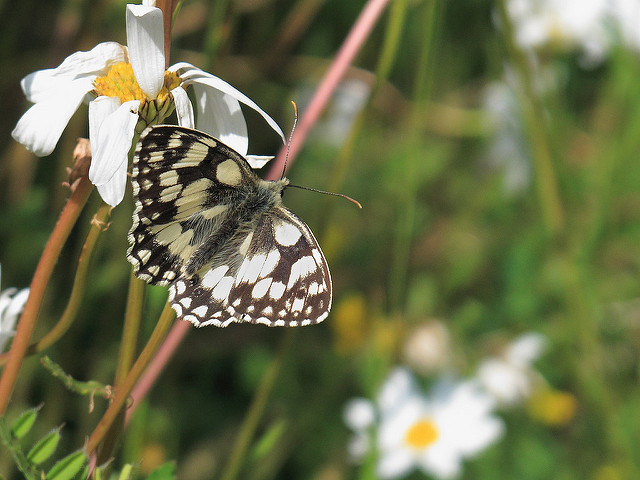
This is one of the loveliest insects to be seen in high summer with its wonderful black and white
wing patterning. No other British butterfly has such a striking black and white pattern.
The encounter with the Marble White took place while on a trip from Birmingham to London where I stopped at a service station on the M40 just outside Oxford. I was on a business trip so didn’t have my DSLR 7D or 40D. However I did take the Canon G12 because it was so much smaller and convenient than the heavier DSLRs.
While at the service station, I decided to go for a walk along a meadow-like embankment where much to my delight I managed to catch a glimpse of the Marbled White’s distinctive slow, flapping flight. While fairly common in southern England, back home in Wales, colonies are restricted to the extreme south, in Monmouthshire, Carmarthenshire and Glamorgan.
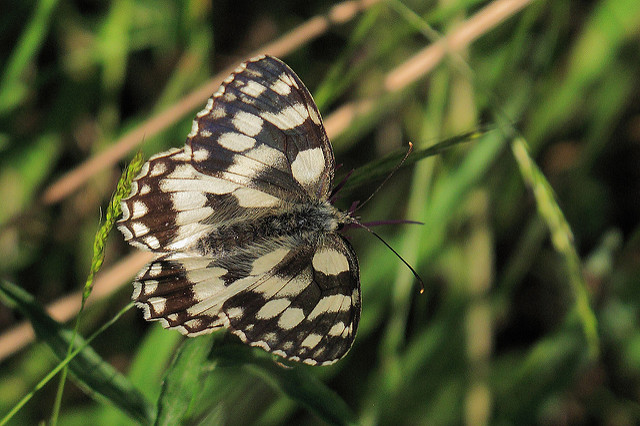
Sunbathing in the late afternoon while perched on tall grass-head.
This was a fairly large colony with adults congregating at the base of the embankment. I managed to approach them quite easily while they lethargically basked in the evening sun.
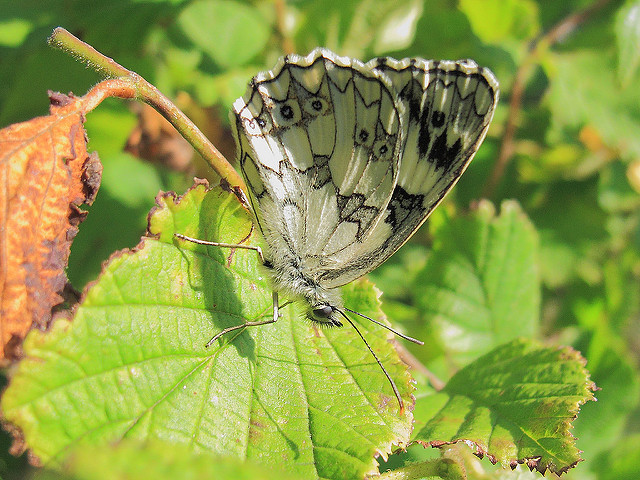
In the heat of the day adults will sunbathe and feed with their wings closed tightly.
The focusing on my G12 camera was painfully slow when compared to DSLRs. While the bright conditions were far from ideal it at least meant that I was able to use suitably fast shutter speeds more appropriate for hand-held captures. With these shots I zoomed out to the widest angle setting and focused to within centimeters of the butterfly!
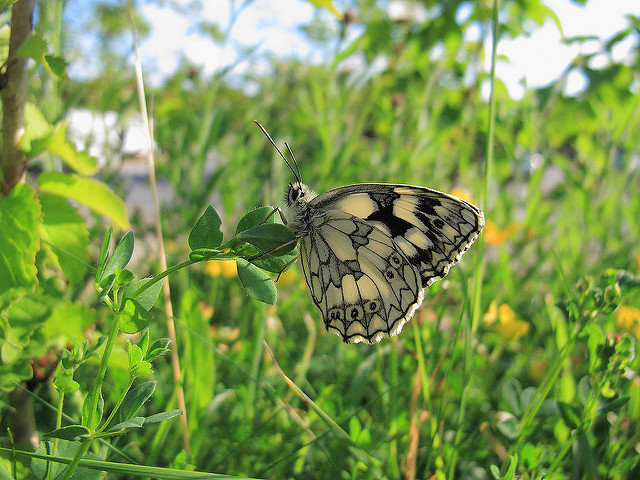
(Top) The small sensor on the G12 gives good depth of field at the widest focal length.
(Below) Within centimetres of touching the butterfly!
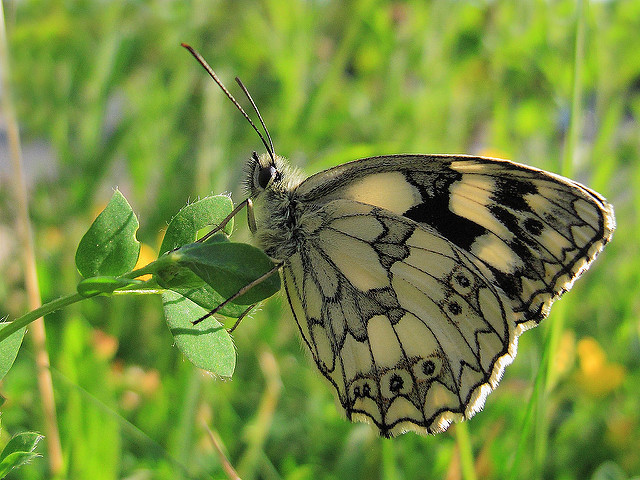
Finally, in order to achieve further magnification I attached the Raynox DCR-250 close-up attachment onto the G12.
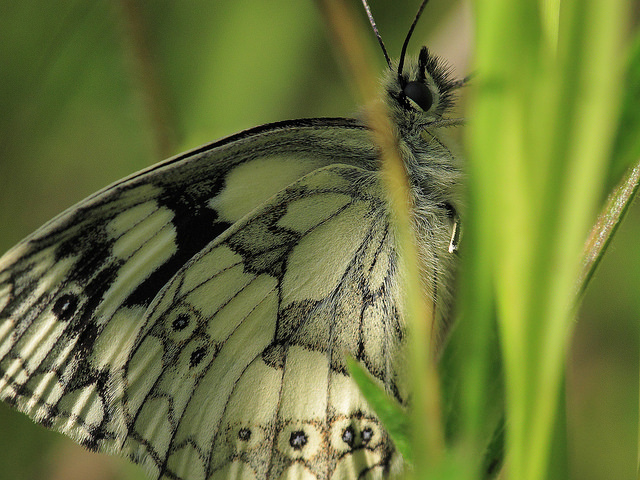

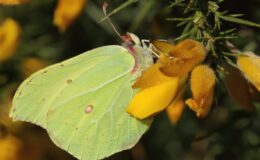
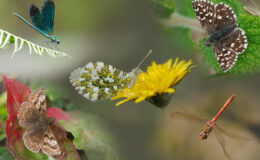
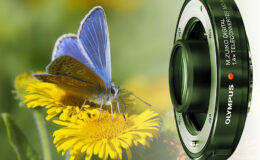
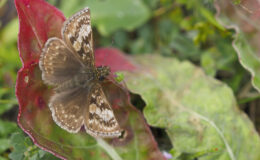
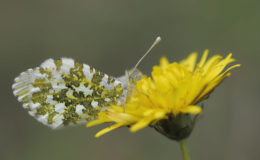
Leave a Comment